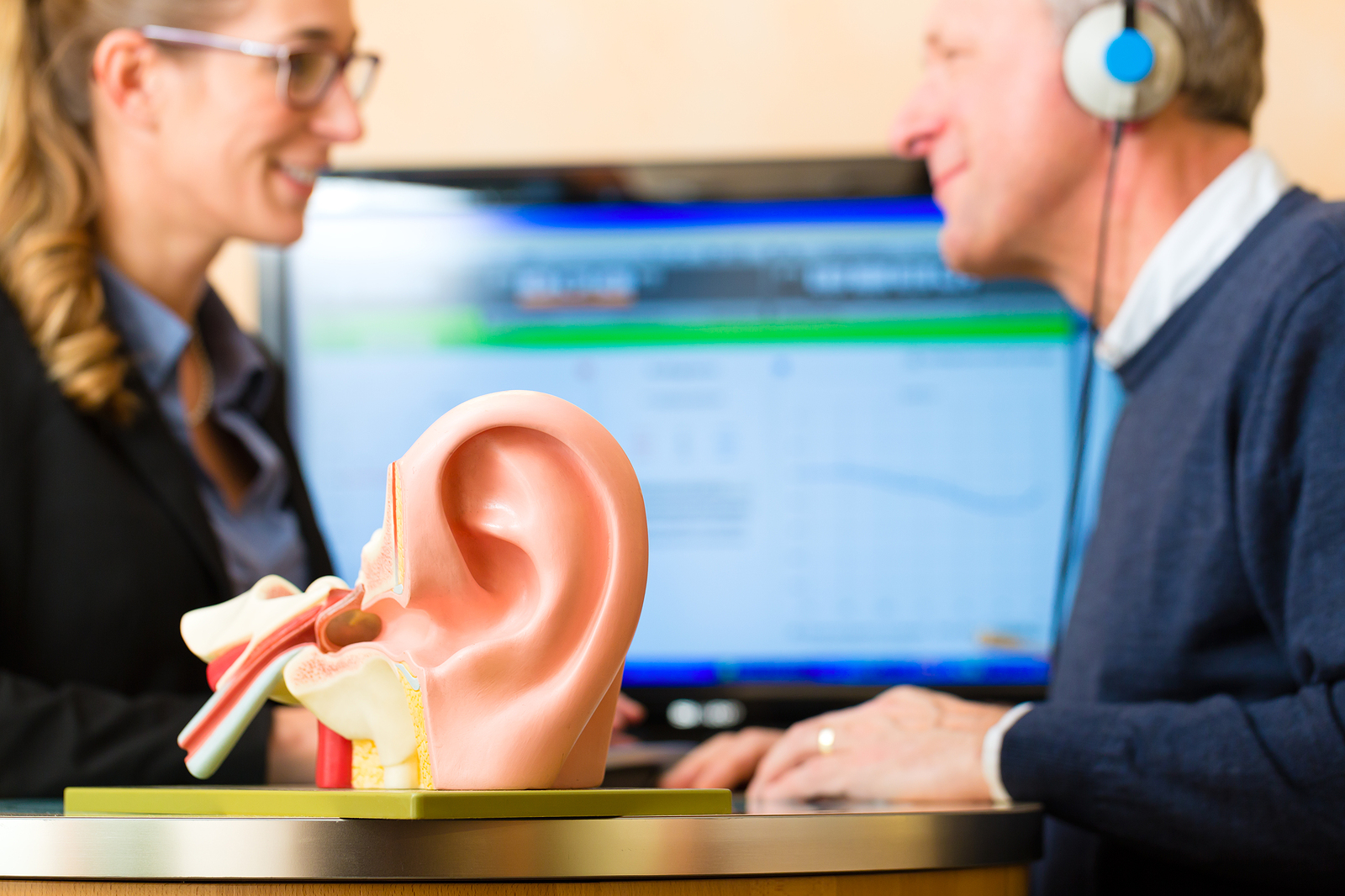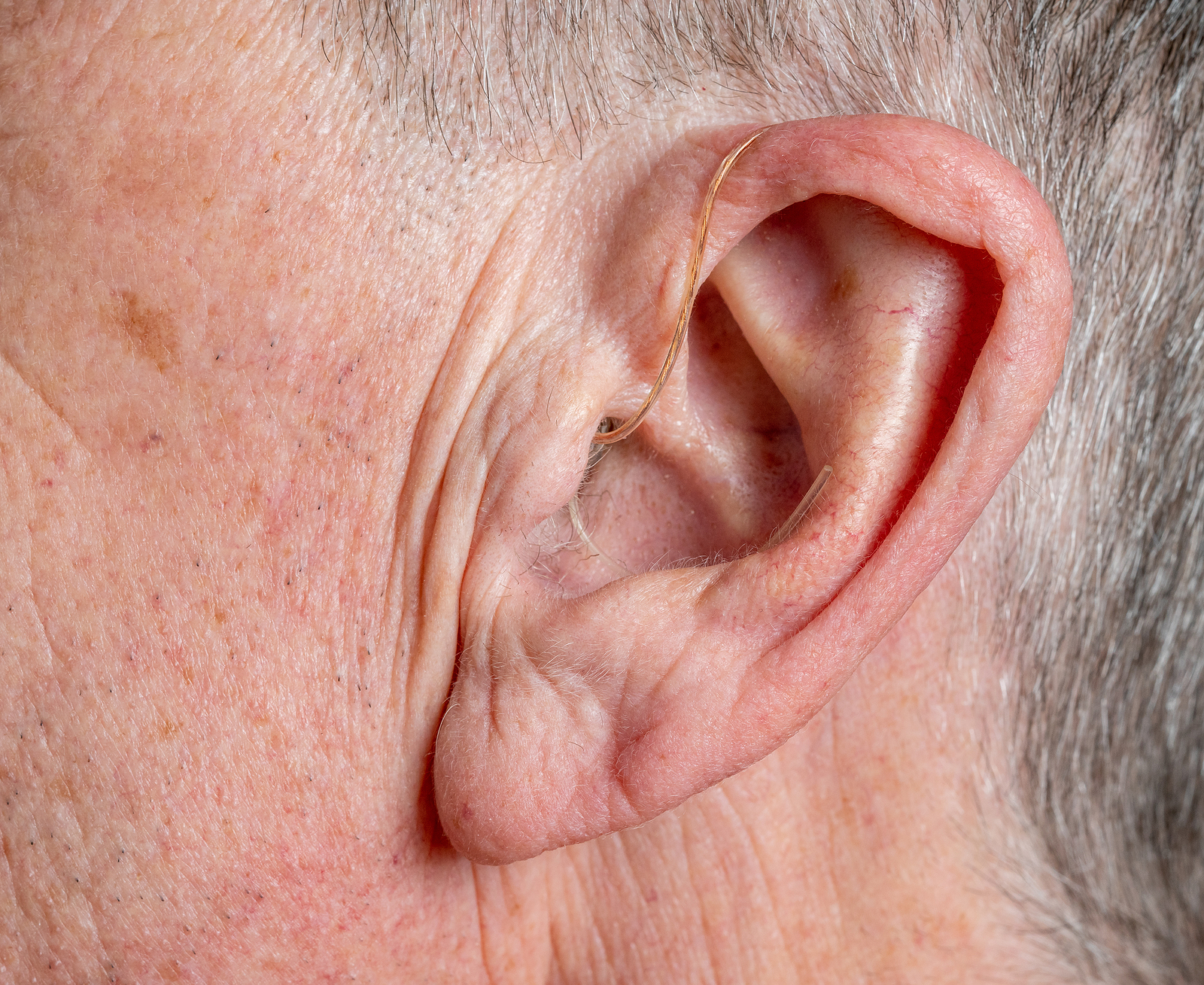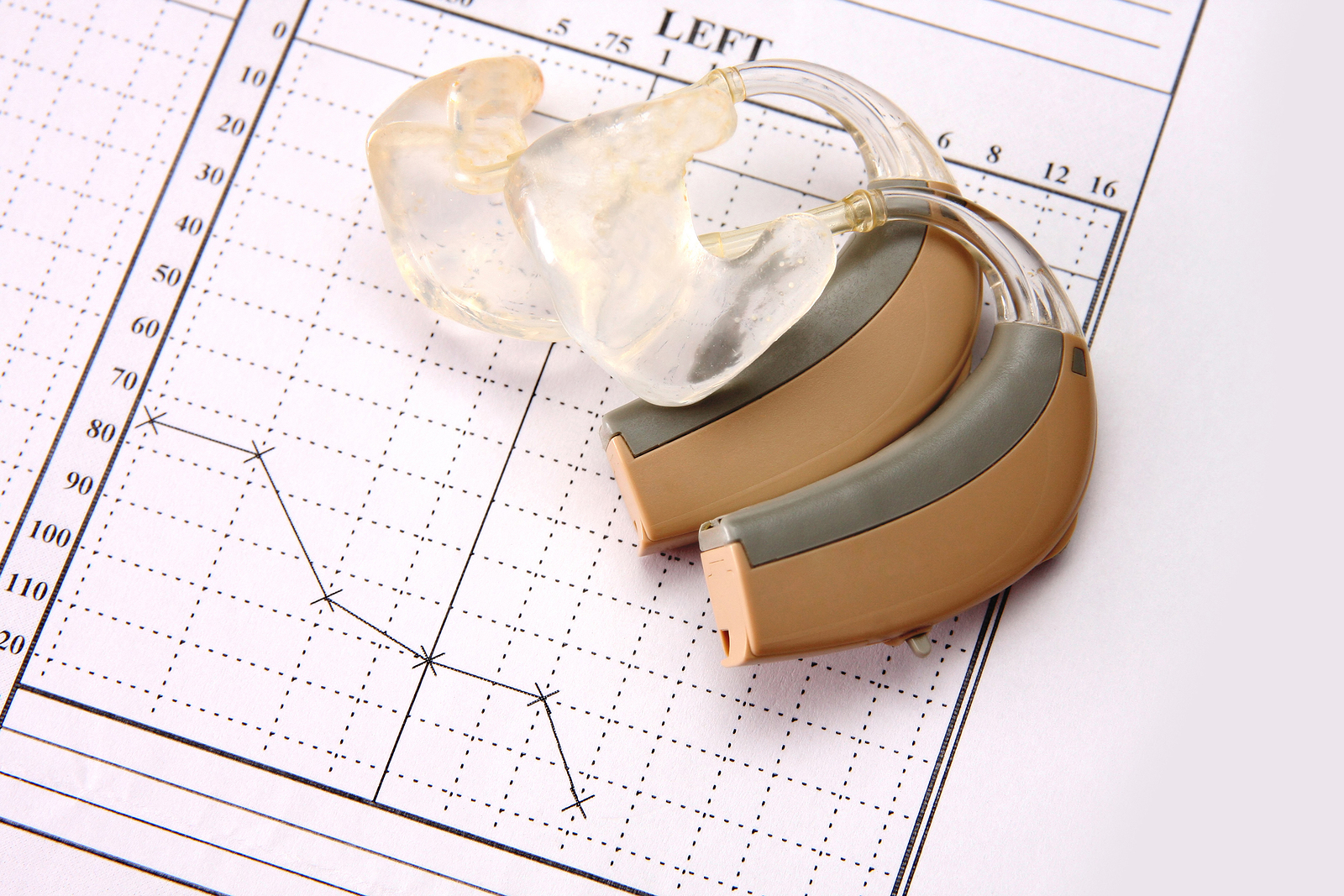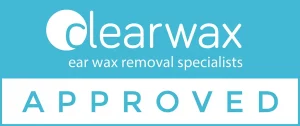Going for a hearing test is a wise thing for anyone to do as they get older, not least if you do have a feeling that you are not hearing as well as you used to.
If you feel this is happening to you, even a little bit, this is reason enough to get your hearing checked to see if there is a problem that can be fixed, or if you might need a hearing aid.
A recent article in the Huffington Post listed four particular warning signs, all of which it said were ‘red flags’ that indicated people experiencing them should get their ears checked out urgently. Not doing so could make the problem much worse.
The first of these is struggling to follow what is being said to you in a conversation, described to the paper by director of Audiology Access & Standard of Care for Cochlear Americas Terry Zwolan as a “big one”.
He stated: “This can include finding it difficult to hear in the presence of background noise, and regularly asking people to repeat what they’ve said or mishearing often.”
A second common sign is when you need to turn the TV or radio up louder than you used to, which you might only notice when you see the numbers on the volume control that you have raised it to. Others may bring the matter to your attention by stating that it is too loud for them.
Ringing in the ears is another common problem. This is a condition known as tinnitus and while it can sometimes be only temporary, it may be persistent and a sign that something is seriously wrong. Tinnitus isn’t always a sign of hearing loss, but it could be – and you should certainly get checked out if the problem persists.
The fourth problem raised in the article was difficulty in hearing common everyday sounds. It quoted audiologist Amy Bishop, who said: “Some folks say they have trouble hearing common everyday sounds, like their turn signal, boiling water, or the laundry machine chime.”
If you suffer from one of these issues, it does not mean your hearing is necessarily in terminal decline. For example, you may have a problem like excessive ear wax, which can impede your hearing unless it is removed.
Should this be necessary, you should let the professionals do this as most DIY attempts to remove earwax can be counterproductive. They can damage the drum or ear canal, or push wax further in (such as trying to gouge them out with cotton wool buds). Severe ear wax can be a particular problem as a total blockage can lead to an infection.
Ear wax is not the only possible cause of infection and if this is the case, treatment may help restore your hearing fully. Neglecting such a problem, on the other hand, could lead to matters getting worse and permanent damage, maybe even complete loss of hearing in an ear, as a result.
If you do find you need help such as a hearing aid, do not despair; it is better to know this and you should not feel stigmatised. It is better to have a hearing aid than to struggle with an everyday sense that you had previously taken for granted.





